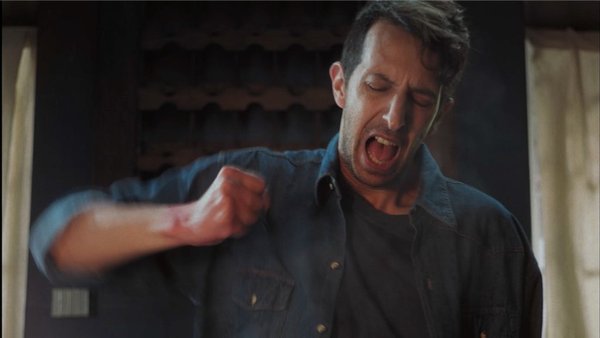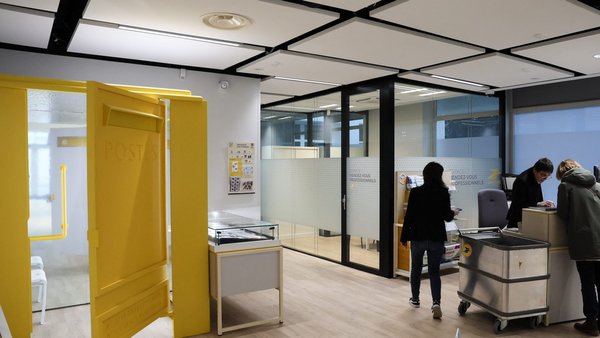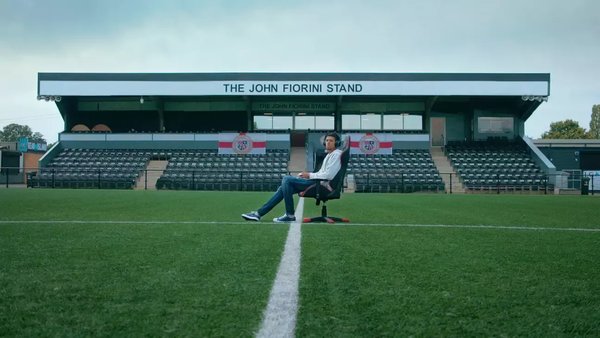Campaign of the Week
Ikea, ThisAbles /
Furniture retailer creates add-ons for existing products to make them more accessible
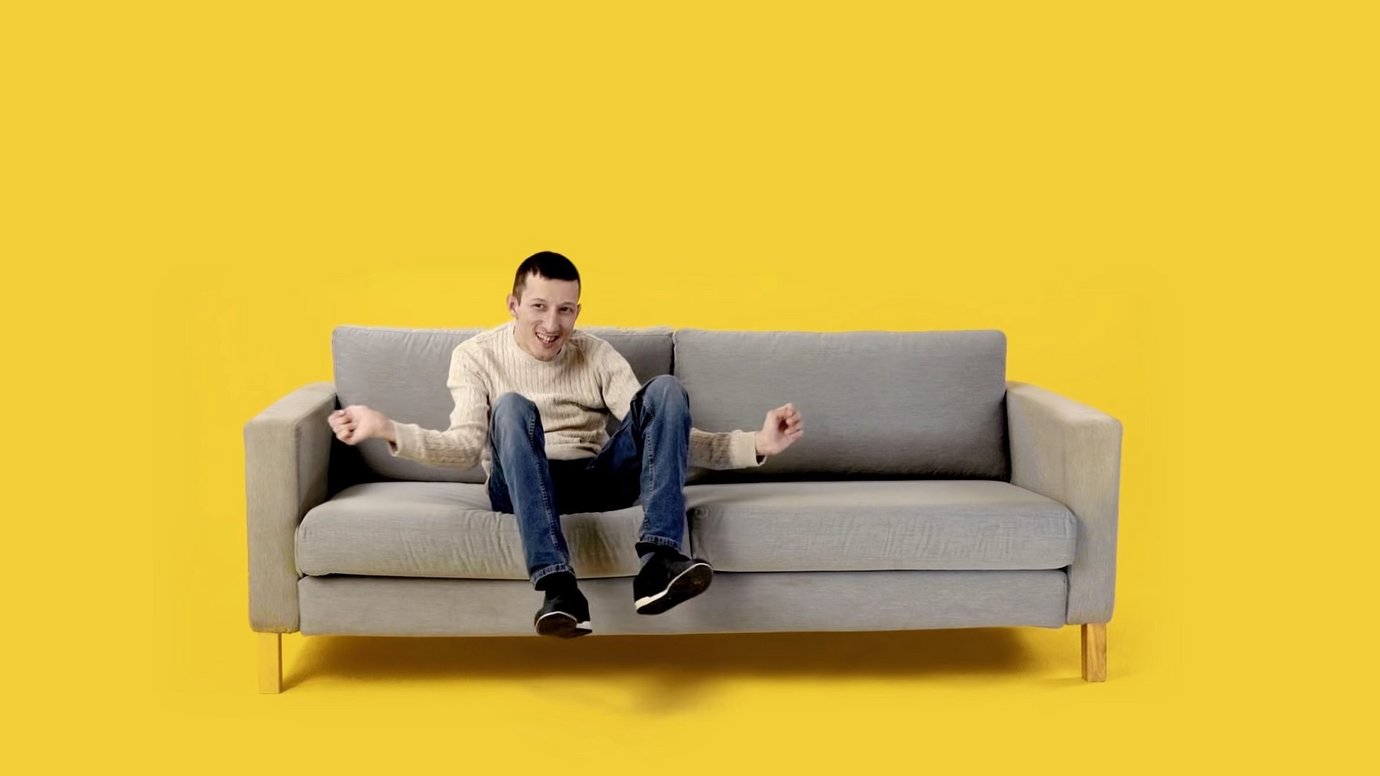
This story originally appeared on Contagious I/O, our online intelligence tool. To find out more click here.
Ikea, in Israel, has developed a range of add-ons that people with disabilities can attach to their existing Ikea furniture to make it work better for them.
Physical disabilities change the way people can interact with furniture. Someone with cerebral palsy, for example, may find it more difficult to get up if they’re sat on a low sofa or have trouble opening a cupboard door.
So the Swedish flatpack furniture giant worked with Milbat and Access Israel, two NGOs that specialise in helping disabled people get a better quality of life, and McCann Tel Aviv to find a way to make its products more accessible.
Rather than redesigning existing products, and expecting disabled people to repurchase them, Ikea designed 13 add-ons for its most popular items, like bigger handles to attach to cupboards and elevating legs for sofas (to make them easier to get up from).
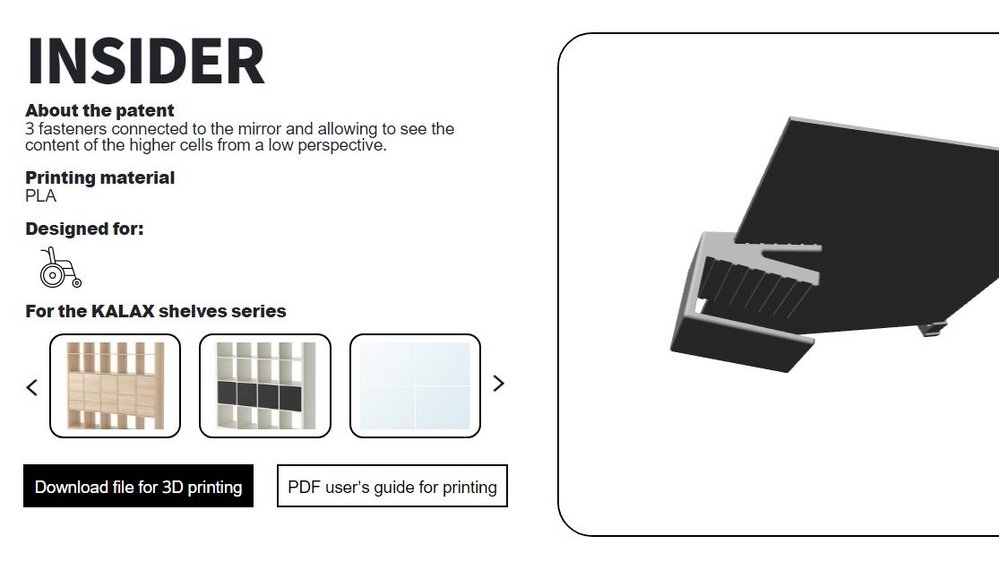
The ThisAbles products can be tested out in the Tel Aviv Ikea store (in a newly created ‘accessible section’) and the schematics can be downloaded for free from the campaign website and 3D-printed at home or anywhere that’s convenient (regardless of where they are in the world).
Visitors to the website can also watch videos about individual item (how they work and what problem they solve) and suggest new add-on designs that would help make other Ikea products more accessible.
Contagious Insight /
Disabled access / As well as working with two NGOs on the project, Ikea also hosted a hackathon in its Tel Aviv store. Product engineers and people with a variety of disabilities worked together to assess how different items could be adjusted to better suit their needs.
This step was essential, because those with disabilities would notice flaws in the design that an able-bodied person would probably not. Someone in a wheelchair, for example, could tell you that glass doors need extra protection at wheelchair height, to prevent any damage if the wheelchair were to collide with the door when it was being opened, something an able-bodied person wouldn’t even think to notice.
In addition to bringing its disabled audience into the design process, Ikea has also considered how distribution could be made more inclusive and affordable. Often making products or buildings accessible to disabled people is considered an unnecessary expense.
As Jos Boys, author of Doing Disability Differently, writes on the Design Council website, quoting Tobin Siebers’ book Disability Theory: ‘Technologies that reduce the load on the able-bodied are regarded as natural extensions of the design, but “the moment that individuals are marked as disabled or diseased…the technologies designed to make their life easier are viewed as expensive additions, unnecessary accommodations, and a burden on society.”’
By making these add-ons easily downloadable – and making it free to do so – Ikea is communicating that it doesn’t see it as a financial burden to create these things, but a necessity. It also echoes the brand’s long-standing mission to ‘create a better everyday for the many people’.
As we reported in our Ikea Brand Case Study:
‘This purpose was not something that Ikea just “put on posters on office walls”, says Lena Simonsson-Berge, Ikea’s global communications manager, who has been with the company since 1975. “It’s something that guides our business.” Previously, this purpose was most obviously expressed in Ikea’s designs and its preternaturally low prices, which put its products within virtually anyone’s grasp. Daniel Bonner, chief creative officer at Wunderman, which works with Ikea, illustrates the point with the anecdote that the company once challenged its designers to create a €1 lightbulb. “The price of it didn’t come later on,” he says, “it was very much upfront. It was actually part of the initial tension.”
Now, creating a better everyday life for the many people would come to form the bedrock for Ikea’s best advertising, too.’
In this campaign, the products themselves have become the marketing message, showing that product innovation can be a powerful storytelling tool.
Rethinking retail / Ikea isn’t the first retailer to reconsider its product offering with disabled people in mind – there has also been a recent surge of awareness in the fashion industry, led by activists like three-and-a-half-foot tall Dubliner Sinéad Burke. ‘It’s not like it’s a new customer,’ she told the Business of Fashion. ‘But their voices haven’t been amplified. They’ve not been invited to the table to help make and share decisions.’
That’s now shifting – with designers like Tommy Hilfiger working with Runway of Dreams, a non-profit founded by a woman whose child has muscular dystrophy, to create an adaptive collection – and for good reason. Over one billion people, or 15% of the world’s population, experience some form of disability, according to the World Bank Group. Together, they have a combined global spending power of over $1.2tr, according to the Return on Disability Group, and that number rises to $6.9tr when you bring families, parents and carers into the mix – so it makes sense financially (as well as morally and ethically) for businesses to adjust their offerings to be more inclusive.
The gap has by no means been totally bridged, but this Ikea campaign is another step in the right direction.
The Contagious I/O intelligence tool is constantly updated with case studies, in-depth strategy interviews, stories about new technologies and trend reports. If you would like to find out more about how you can get access to this resource, click here.
Want more of the same? /
We don’t just write about best-in-class campaigns, interviews and trends. Our Members also receive access to briefings, online training, webinars, live events and much more.

